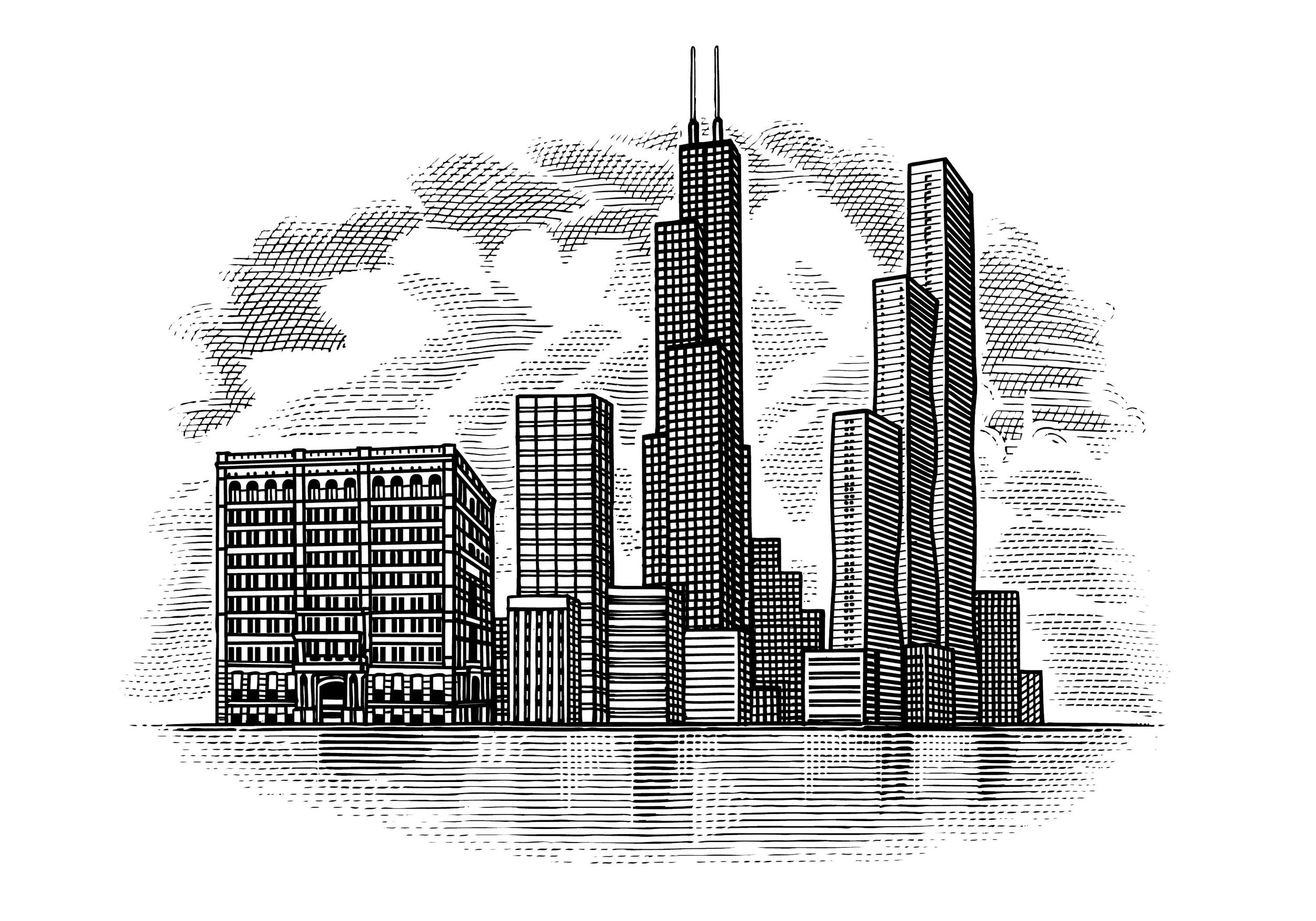Personal Essay: The Land of Cities and Small Towns
Photo by Tom Adams
Growing up in one of Ohio’s many farm-towns-turned-suburban superdevelopments, “the city” was for me epitomized by the major urban centers in my own state. Cincinnati, Columbus, and Cleveland were the preeminent images of the metropolitan in my mind for most of my youth. Ohio’s medium-sized cities, including Akron, Dayton, Toledo, and Youngstown, were there, too, but pictures of their streets and skylines occupied a less impressive pedestal in my young imagination. Even less impressive were the small cities, communities large enough to be classified as such. I grew up in one such city—Brunswick, Ohio—but never thought of it as a real city. Ohio was, I often thought in moments of acute teenage angst, a rural backwater,a poster state of the Midwest. It was, simply and finally, flyover territory, a necessary prelude to the exciting, forthcoming chapters of my life. Today, I possess a deep appreciation of Ohio and the Midwest—a state and region which I hope to continue calling my home—but acquiring my present sense of rootedness and love of place would take years to mature.
🟋🟋🟋🟋
My family traveled frequently, making trips to Atlanta, Boston, and Sacramento, and I lived for these escapes from Ohio. Out of all my family’s destinations during my childhood, however, Chicago was most impressive. My uncles Frank and Michael lived in Chicago, and I remember visiting them once a year for most of my childhood. The first time I can remember visiting the city I was about six or seven years old. My parents made the five-or-so hour drive from our home to Chicago on Friday afternoon, taking us out of school early on a half day. The drive was never cumbersome, or at least it wasn’t for this particular passenger. To this day, I can clearly recall the sense of wonder and joy that possessed the minutes between first sighting Chicago’s skyline and arriving at our destination. Driving through Chicago today, I still get this feeling.
Chicago, I often thought, could be the setting of the later chapters in my life. The city’s streets somehow felt familiar; walking them, I felt that I had lived there before. A sense, thought a younger me, that signaled where I had lived in a previous life. For all our trips, though, Chicago was a place known to me mostly through my uncles. After all, as a child visiting with my family, I never quite experienced Chicago on my own terms. My uncles visited us often, too, and I remember pestering them about Chicago during each visit. Sometimes I’d hear stories about Cook County politics, other times I’d hear about the latest coveted addition to Chicago’s culinary scene.
Chicago fascinated me, in part, because, like all big cities, it boasted a robust social atmosphere and access to the arts, good cuisine, and various artistic and vocational associations that, though flourishing in the city, would likely struggle in the city’s outskirts. Trips there offered an escape from the monotony of the infinite suburbs, an enclave of culture in an otherwise dull and predictable region. Chicago’s appeal to me persists because it is a storied, resilient, and remarkable city, and one that I now have the pleasure of studying as a student of Midwestern history. However, the idealized image of Chicago from my youth, juxtaposed with the rural communities and the larger region surrounding it, reflects an essential failure of my mindset.
Rather than recognizing Chicago’s brilliance as characteristic of the Midwest’s diversity, history, and vitality, I erroneously imagined that the city existed separately from the communities on its peripheries and beyond. In some key, noticeable ways, cities are distinct from the communities that surround them; the population density of any city, for example, is likely much greater than that of the towns several highway exits outside the city limits. But these obvious differences do not obscure the fact that Chicago and Chicagoans are part of a region, encircled by smaller cities and locales, all of which are prone to acquiring and sharing similar dispositions and habits, pastimes and proclivities—a shared sense of community and history.
🟋🟋🟋🟋
As I’ve grown into young adulthood—those more mature and reflective years in the early twenties that, somehow, still feel like an awkward phase—Ohio has come to occupy special, if odd, space in my life. Northeast Ohio is where I want to be; at the very least I now know that I am a Midwesterner who ought to stay tied to his region. When winter takes hold, I long for the sound and smell of spring rain in Ohio’s small, quiet cities, townships, and villages, and when the state’s unpredictable weather patterns produce plummeting temperatures, I think of the sun and warm sands of Lake Erie’s modest beaches. In the often hot and humid summer I’m reminded of ice sculpting festivals in Medina’s historic town square, of sipping hot cocoa in small cafes or the comfort of a warm home after sledding for hours on Hinkley’s steep hills or toboggining with old friends from my childhood.
Ohio, like the Midwest of which it is a part, is a beautiful place, a state perennially enriched by the coming and going of its peoples and changed for the better by a cultural and economic dynamism inherent in the region. Chicago, and the region’s other metropolises, are not oases of interest in a Midwestern desert, but epicenters of regional activity that share in the rich environments, diverse cultures, a revival of the heartland on the national stage. The Midwest, after all, is an exciting place to author a life.
Jacob Bruggeman is a graduate student at Miami University in Ohio and the co-founder and editor of The New Herald.

